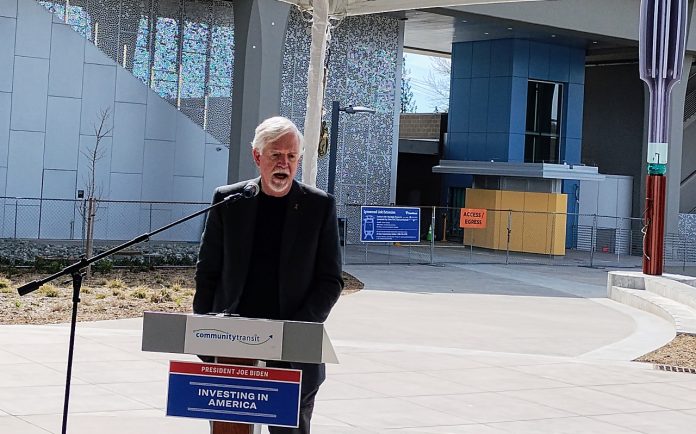
The tenure of Roger Millar, who has served as secretary of the Washington State Department of Transportation (WSDOT) since 2016, is set to come to an end. The change in leadership was announced late last week, with a statement from Governor-elect Bob Ferguson that Millar and eight other agency heads would be replaced as he prepares to take office in January.
Turnover at state department leadership tends to happen with any gubernatorial transition, including between members of the same political party. However, Millar had expressed a willingness to stick around and his departure brings renewed questions about Ferguson’s transportation priorities, after running a campaign that rarely broached the topic — outside of pledging to boost service on Washington State Ferries.
Widely praised within progressive transportation circles, Millar has been a strong advocate for investments in the state transportation system that prioritize sustainability and safety over catering exclusively to traffic throughput — jargon for fitting more cars on roads and boosting speeds. He has been a persistent voice for elevating the issue of land use in any transportation discussion, citing the need for more housing near jobs and services.
Unlike many DOT heads, Millar has been open with state lawmakers about the folly of trying to solve congestion by adding highway lanes in urban areas. Instead, he has touted the people-moving capabilities of public transit, including pitching a Cascadia high speed rail network.
“If you were to direct us to add a lane in each direction to I-5 between the Oregon border and British Columbia. that would be $110 billion-ish to build and would probably take as long as it would take to build a high-speed rail system between the communities,” Millar told state legislators during a 2019 briefing. “And it would add a lane of travel in each direction and would probably be full of traffic by the time we got finished building it. And it would still take you all day to get from Portland to Vancouver, B.C. With the investment in ultra high-speed rail, we’re talking about an hour to Vancouver or maybe an hour and a half down to Portland, and that would be a gamechanger.”
From his seat on the Sound Transit Board of Directors, where the WSDOT secretary has a permanent seat, Millar has advocated for the agency to explore utilizing existing highway lanes for its bus rapid transit (BRT) system and pushed for reforms of the agency’s parking policy and focus on costly parking garages. He also been a voice asking for additional analysis around creating a true regional transit hub in Chinatown-International District (CID) as part of Ballard Link — after the board voted to change its preferred alignment to skip that CID hub station.
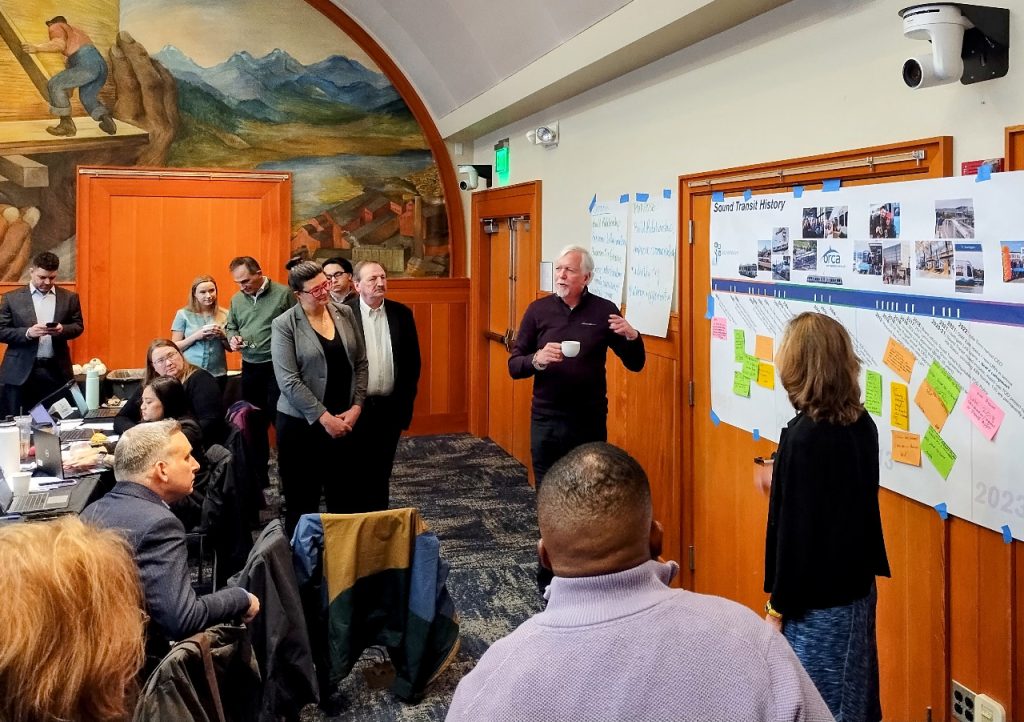
Millar’s eight years serving as Jay Inslee’s transportation secretary have been incredibly consequential. After being hired as deputy secretary in 2015, he took the reins at WSDOT a year later following a tumultuous period under the prior secretary, Lynn Peterson. With a controversial tolling program being implemented on I-405 on the Eastside, and the infamous tunnel-boring machine digging a tunnel under Downtown Seattle became stuck for over three years, Peterson’s tenure was marked by controversy, and she was ultimately removed from her post by Senate Republicans in a rare move that many saw as retaliatory and political.
It fell to Millar to wrap up Seattle’s tunnel project and implement much of the highway-laden 2015 Connecting Washington transportation package.
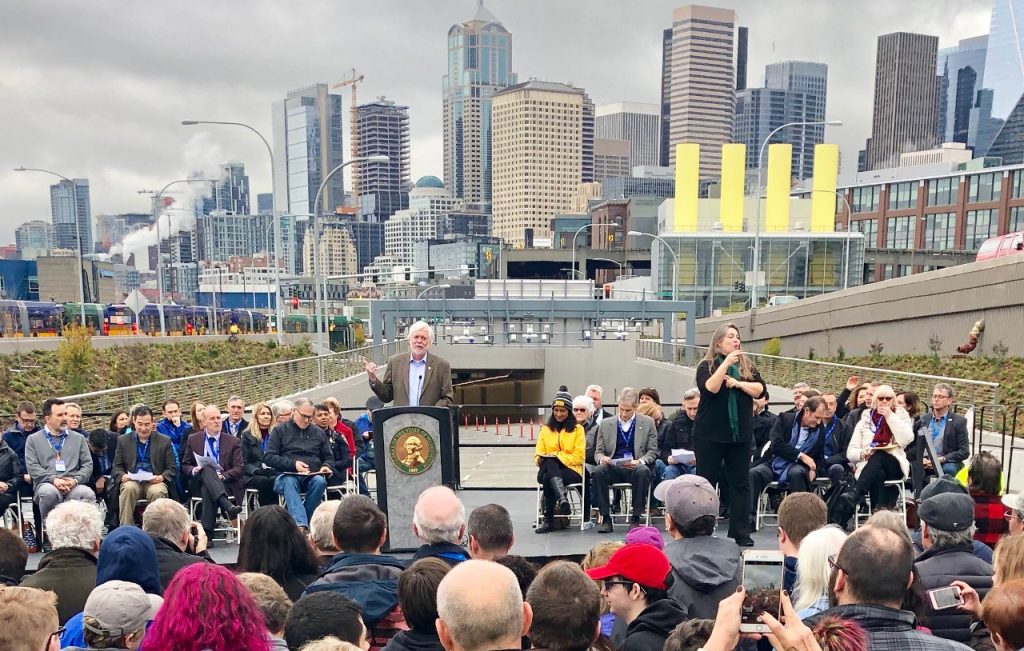
Though it all, Millar has tried to steer the massive ship that is WSDOT away from its well-established roots as primarily a highway-building agency and into a multimodal transportation department.
In a conversation with The Urbanist earlier this year, Millar described some of the behind-the-scenes reforms that have been moving forward under his watch, institutional reforms at an agency that is primarily tasked with implementing the projects that the state legislature tells it to. One major change was the creation of a new Urban Mobility and Access program in 2017. Now under its second head in assistant secretary Julie Meredith, the new office represented a substantial change in how WSDOT coordinated its own projects, as a one-stop shop for the multiple massive highway projects that the department has been juggling in central Puget Sound and elsewhere.
“The megaprojects used to be individual fiefdoms that were created by the legislature and the program managers all reported to the chief engineer, and they did their projects all by themselves,” Millar said. “But when you look at the ones we had: Alaskan Way Viaduct, 520, 405, the [Puget Sound] Gateway, they are now all in the same program under Julie [Meredith]’s leadership, and they are linked to our tolling division, our division that coordinates with Sound Transit, Community Transit and King County Metro, and we have a group called management of mobility that’s looking at: how can we do this better?”
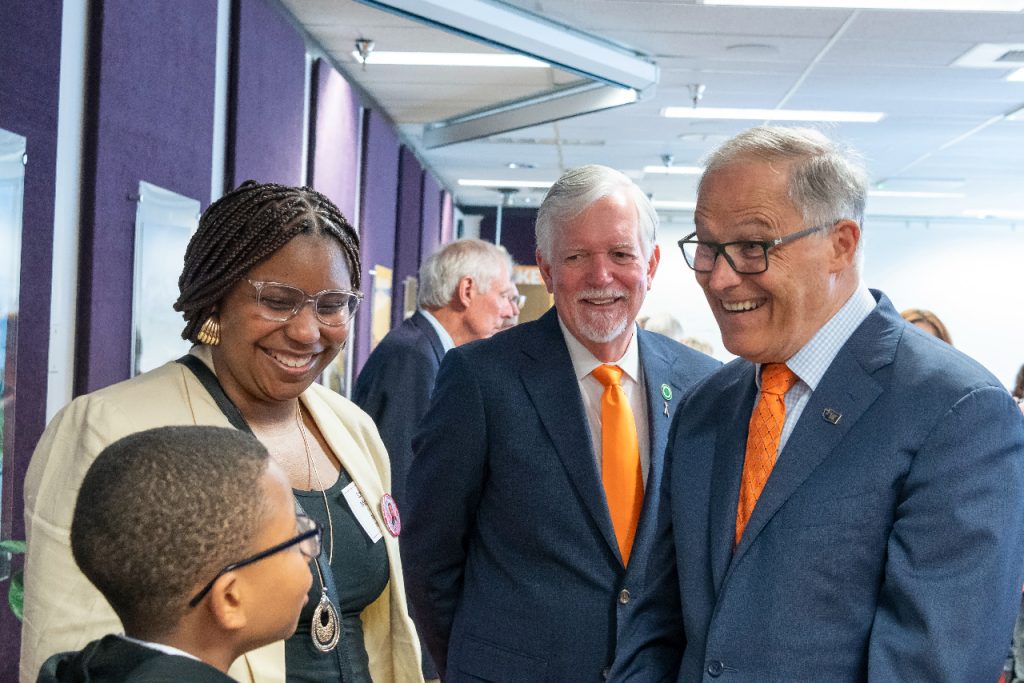
Another major internal change Millar has overseen has been the creation of a department of Multimodal Development and Delivery.
“What we did is, we took the divisions and the modes and we put them together so the people who are doing planning and design and construction and operations and maintenance and safety are in the same room with the people who are doing active transportation and public transportation and aviation and rail freight ports. So it’s not just a highway focus — that mix is resulting in a changing dynamic in the organization,” Millar said. “If you look at what we’re doing with the [Cascadia] high speed rail project: We’re doing the high speed rail project in conjunction with and integrated with our analysis of the future of the I-5 corridor.”
And then there’s the Active Transportation division, the only high level department devoted to pedestrian and bike programs at the state level in the entire country. Stood up in 2017 with former Washington Bikes executive director Barb Chamberlain as its head, the department produced an award-winning Active Transportation Plan, a roadmap for improving walking and biking facilities across the state. In 2022, when the Move Ahead Washington transportation package included a mandate for a Complete Streets assessment on virtually every new highway project entering the pipeline, the department was well-positioned to be able to create standards that are changing the game when it comes to what a multimodal state highway project looks like.
“When you go to most meetings of people in active transportation [they have] a coordinator somewhere down in the bowels of their public transportation group,” Millar said. “Barb has authority. Barb has responsibility for the complete streets program. Barb has a budget and a staff to get stuff done, and we are affecting change.”
Millar has also become a national leader on the issue of traffic safety. As president of the American Association of State Highway and Transportation Officials (AASHTO), the organization held its first ever safety summit in 2023. With the US Department of Transportation under Pete Buttigieg pushing states to adopt a Safe Systems approach to reducing traffic fatalities and serious injuries on their roadways, WSDOT went even further, adding a sixth element to its Safe Systems approach: safer land use. On top of the work to make existing highways safer, he has been vocal about the fact that many of the issues that the transportation system faces are downstream from how communities are designed in the first place.
“Our land use patterns are the single biggest problem that we have in terms of transportation safety,” Millar told his colleagues at the Washington Traffic Safety Commission earlier this year. “The fact that people are compelled to get into a car and drive, or compelled to get into a car and be a passenger, or compelled to walk along a facility full of cars.”
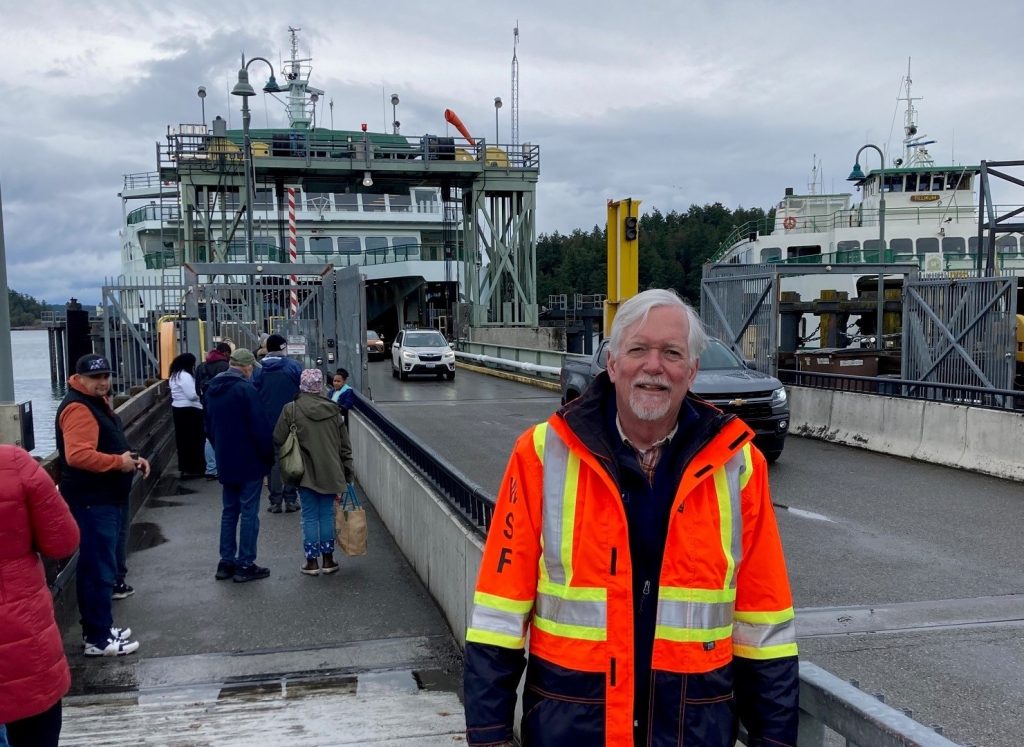
With the issue of transportation mostly a footnote in this year’s gubernatorial campaign, advocates are watching closely for signals spelling out what direction Bob Ferguson will want to take WSDOT. Ferguson’s 53-person transition team includes a small army of elected officials from around the state, but few people with specific transportation experience.
When WSDOT did come up on the campaign trail, it was usually the issue of Washington State Ferries (WSF). Responding to service cuts and an aging fleet, both Ferguson and his Republican opponent Dave Reichert had expressed an openness to look at new diesel ferries instead of the current plan of converting the fleet to hybrid electric.
While that fight would most likely play out between the incoming Governor and the state legislature, it will fall to Steve Nevey, Millar’s pick for WSF head, to navigate those issues. The first ferries chief in years with a lifetime background in the maritime industry, Nevey’s ouster appears less likely. In fact, Ferguson vowed to elevate the ferries chief to a cabinet position, given his campaign pledge to right the ship at WSF and boost ferry service.
“I am going to make the person who runs our ferry system sit in my cabinet level meetings, they will be a part of my cabinet and they will report directly to me,” Ferguson told Fox 13 News.
Millar’s last day is set to be January 15, with deputy secretary Mike Gribner poised to take over until Ferguson’s search process concludes.
“Leading this agency has been a true highlight of my life personally and professionally,” he wrote in an email to staff following last week’s announcement. “Because of you WSDOT is one of the most innovative, effective and consequential departments of transportation in the world.”
Ryan Packer has been writing for The Urbanist since 2015, and currently reports full-time as Contributing Editor. Their beats are transportation, land use, public space, traffic safety, and obscure community meetings. Packer has also reported for other regional outlets including BikePortland, Seattle Met, and PubliCola. They live in the Capitol Hill neighborhood of Seattle.

